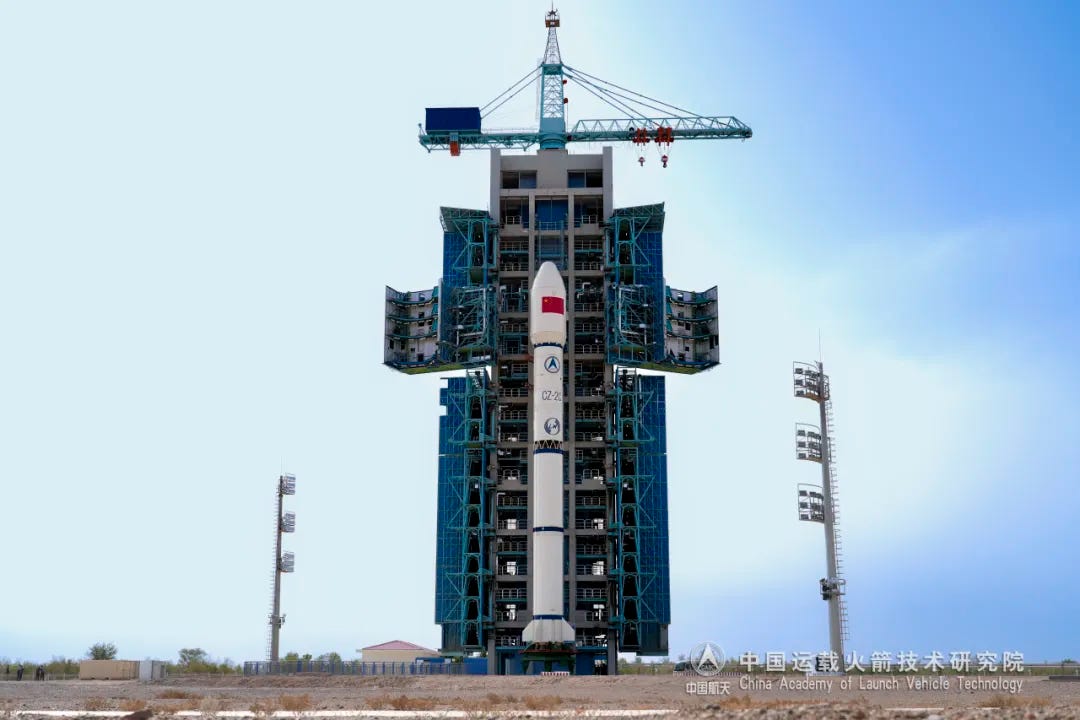Internet Constellation Test Satellites Delivered to Orbit [Long March 2C/YZ-1S]
China's mega-constellations may be improved through commercially developed spacecraft.
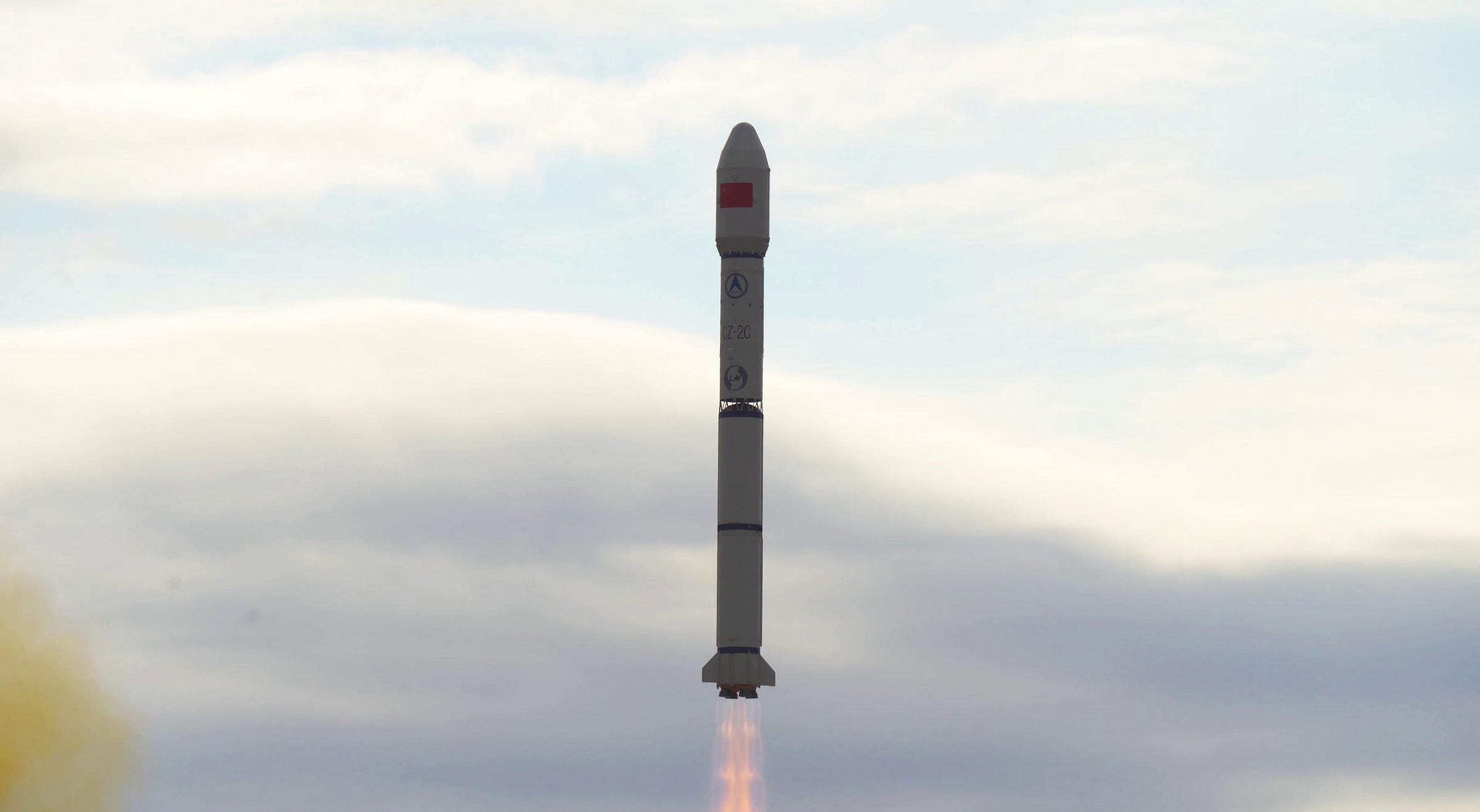
From the Jiuquan Satellite Launch Center’s Launch Area 4, a Long March 2C lifted off at 09:06 am China Standard Time (01:06 Universal Coordinated Time) on September 16th, heading for low Earth orbit. Four test spacecraft were delivered by the rocket.
Atop of the rocket were a set of four satellites for internet technology testing and verification to further the capabilities of China’s major mega-constellations. Breakthroughs made with test satellites may be included on the Central Government-supported GuoWang (国网) and Shanghai-backed Qianfan (千帆) networks that are already being deployed.
Commercial spacecraft maker GalaxySpace (银河航天) developed one of the test satellites launched today, making use of unspecified new materials. Minospace (微纳星空), also a commercial satellite developer, contributed one of the spacecraft onboard. The state-owned China Commercial Satellite Corporation (中国商业卫星公司) claimed the remaining two satellites onboard.
Today’s Long March 2C launch was also equipped with a Yuanzheng-1S upper-stage, for its ninth mission, and return-to-flight for the specific variant of the stage since its March 2024 failure. That failure resulted in two lunar satellites being placed far short of their target and in a spin.
In its post-launch blog post, the China Academy of Launch Vehicle Technology shared that it had improved separation mechanisms between the Yuanzheng upper-stage and the rocket’s second-stage, also optimizing payload volume inside the rocket’s fairing. Improved mechanisms between the stages allowed for a shorter integration process, allowing the launch vehicle to be ready for flight sooner.
Today’s launch was the 83rd launch of the Long March 2C, and the 595th launch of the Long March launch vehicle series. This was also the 56th launch from China in 2025.
Liftoff video via 大漠问天 on WeChat and Cosmic Penguin on Bluesky.
Check out the previous Long March 2C launch
New High-Quality Commercial Imaging Satellites Launched [Long March 2C Y81]
At 15:08 pm China Standard Time, or 07:08 Universal Coordinated Time, on February 27th a Long March 2C lifted off from Launch Area 4 at the Jiuquan Satellite Launch Center, heading for sun-synchronous orbit. Riding atop of the rocket were t…
What is the Long March 2C?
This section is for those less familiar with China's Long March series of launch vehicles.
The Long March 2C is one of the oldest launch vehicles from China performing missions regularly to low earth and sun-synchronous orbits by the China Academy of Launch Vehicle Technology. The two stages of the launch vehicle both burn Dinitrogen Tetroxide and Unsymmetrical Dimethylhydrazine.
The payload capacity of the launch vehicle is currently as follows:
3,850 kilograms to low Earth orbit
1,900 kilograms to a sun-synchronous orbit
1,250 kilograms to a geostationary transfer orbit
first-stage is powered by four YF-21C engines, which generate 302 tons of thrust burning Dinitrogen Tetroxide and Unsymmetrical Dimethylhydrazine. The second-stage is powered by a single YF-22E engine and four YF-23C verniers that generate 80 tons of thrust while also burning Dinitrogen Tetroxide and Unsymmetrical Dimethylhydrazine.
On the launch pad, the Long March 2C is 42 meters tall and weighs 233,000 kilograms when fully fuelled. The first and second stages have a diameter of 3.35 meters, with the fairing having a diameter of either 3.35 or 4.2 meters.
So far the Long March 2C has flown from all three inland launch sites, the Jiuquan Satellite Launch Center, the Taiyuan Satellite Launch Center, and the Xichang Satellite Launch Center.
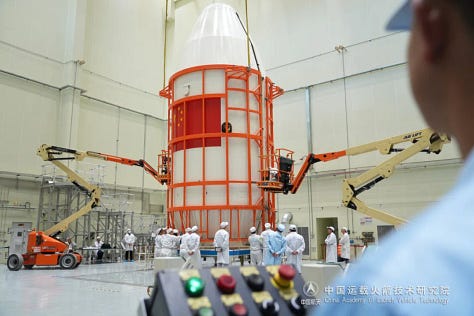
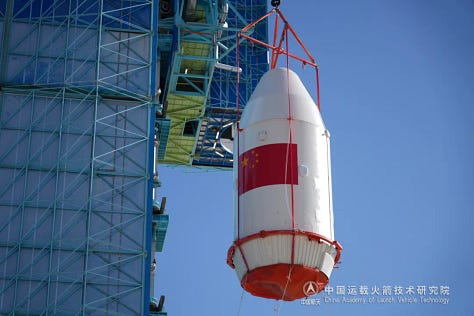
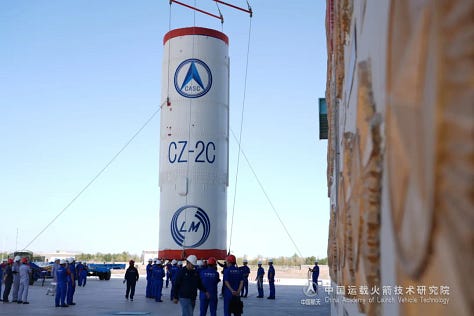



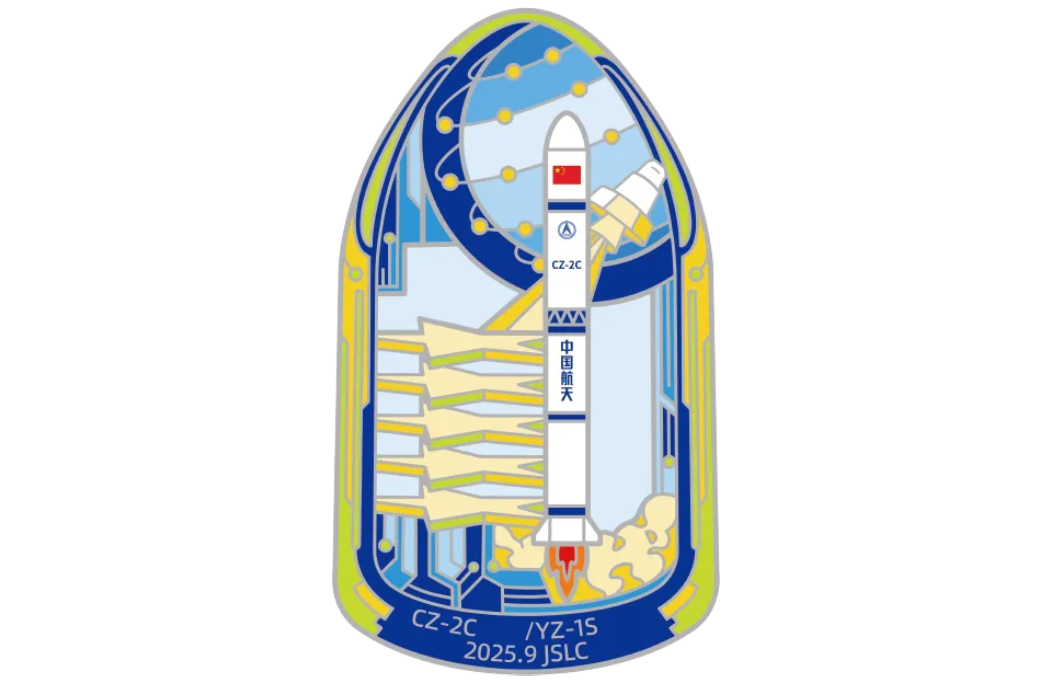
![New High-Quality Commercial Imaging Satellites Launched [Long March 2C Y81]](https://substackcdn.com/image/fetch/$s_!FlM8!,w_1300,h_650,c_fill,f_auto,q_auto:good,fl_progressive:steep,g_auto/https%3A%2F%2Fsubstack-post-media.s3.amazonaws.com%2Fpublic%2Fimages%2F096d8dfa-8c67-433f-81f4-69a2bfb11fd8_4280x2686.jpeg)
